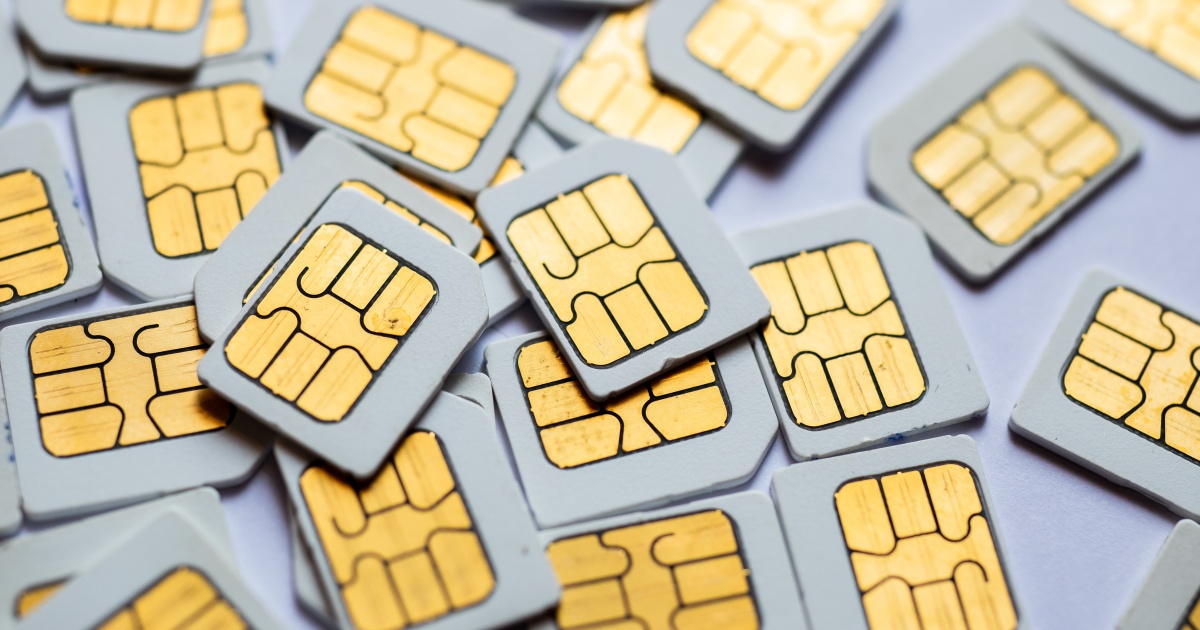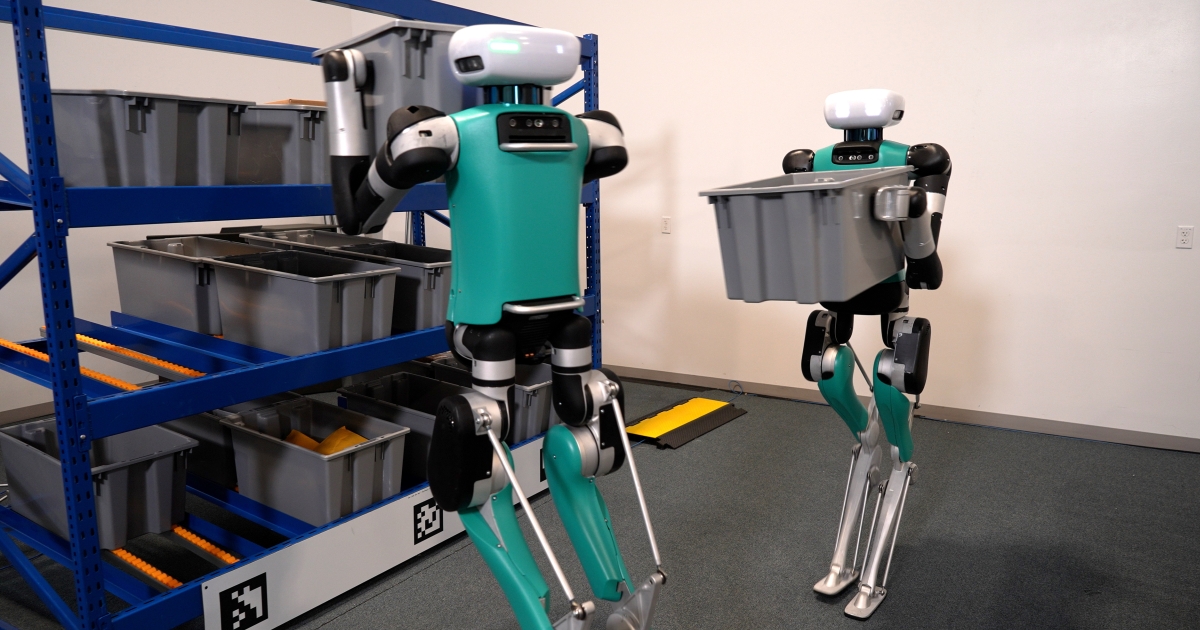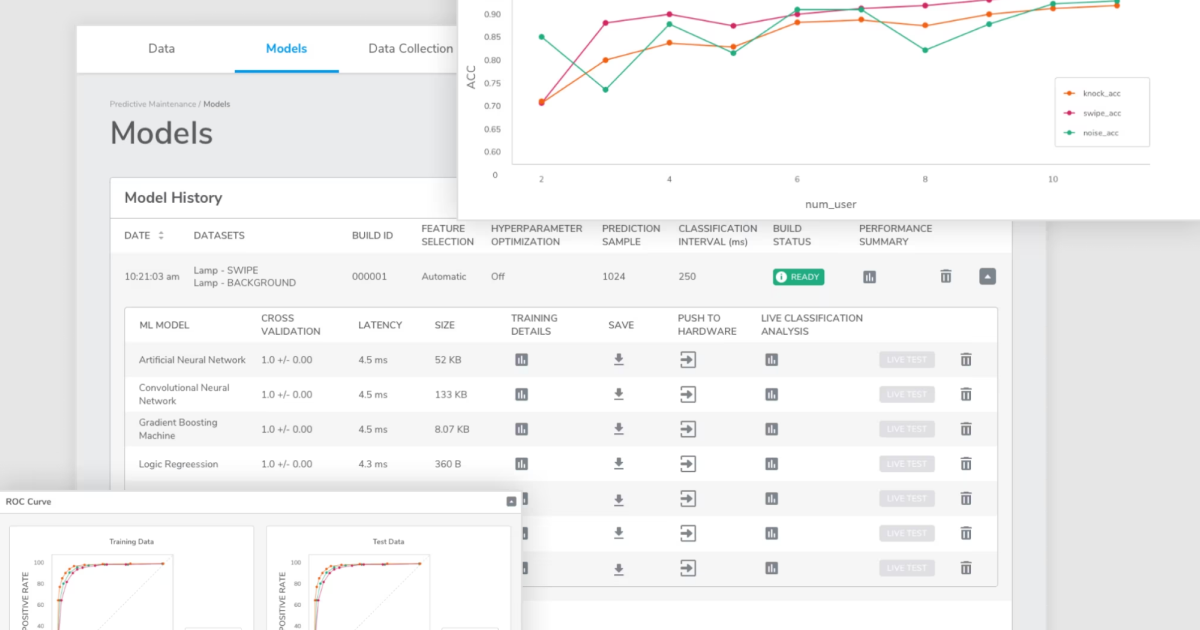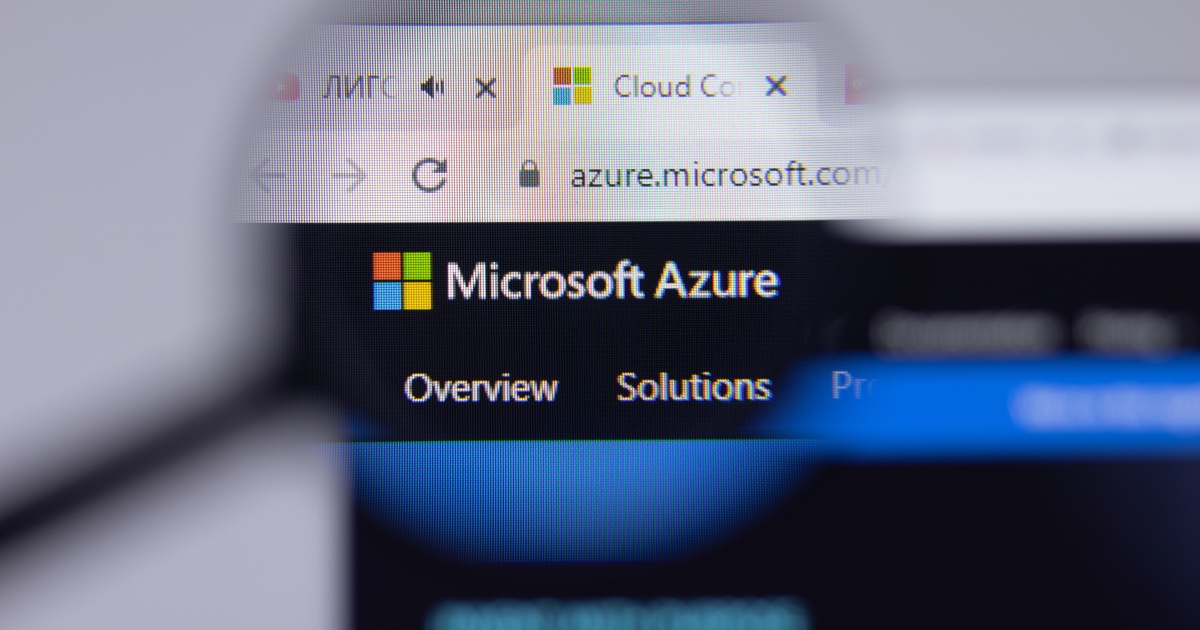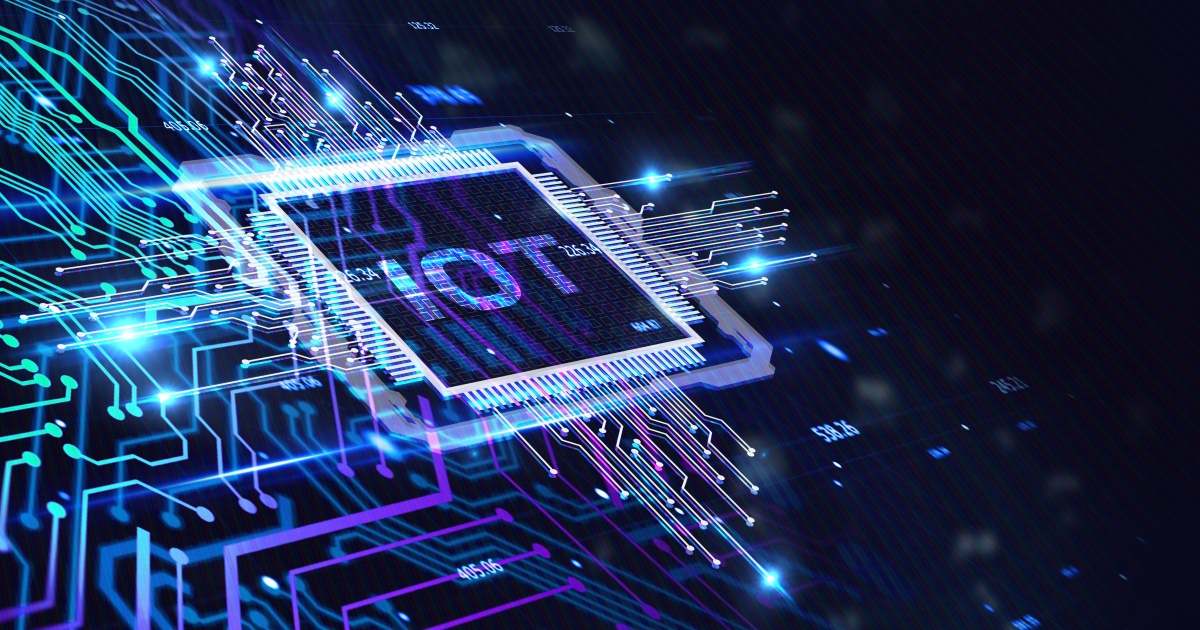There are over 3000 utilities companies supplying $400 billion dollars’ worth of electric power in the US. The US power grid is so massive that it was coined “the largest machine in the world” a few years ago by Bloomberg journalists Mark Chediak and Ken Wells. Therefore, to say that updating legacy power grid infrastructure and adapting it to increasingly demanding efficiency regulations and energy needs (such as bi-directional power flow) would be challenging is an understatement. The Internet of Things (IoT) could be used as a tool by power companies to gather and analyze the massive amounts of data needed to yield smart energy results. Thus the IoT could be used to streamline operations, eliminate inefficiencies, and ultimately modernize the power grid.
Smart energy applications go far beyond simple electrification and, ranging from top to bottom, often have little in common beyond their shared use of a power source (e.g., HVAC monitoring of individual buildings, smart metering, fault detection, etc.). There are scenarios that highlight the need for the IoT in the energy sector. Imagine the fallout of a natural disaster wiping out large sections of powerlines and causing blackouts in a number of different areas. Remember what Hurricane Sandy did in 2012? Or what Hurricane Katrina did in 2005? In those cases, the IoT would be used for triage to quickly sort out which areas—such as those with hospitals or senior care facilities—should have their energy needs addressed first. The IoT would be used to bring back power as swiftly, effectively, and efficiently as possible.
Applications aside, a smart power grid would—by nature—operate more efficiently than traditional grids do. For a hundred years, power companies relied solely on human workers to read meters, look for/inspect broken equipment, and monitor voltage. In a smart grid, those tasks would be automated. Smart grids would perform constant self-assessment to detect/respond to network disturbances and to restore grid operations when needed. This saves power companies time and money; in a 2010 report, the Electric Power Research Institute (EPRI) estimated annual losses due to power disturbances are on the order of $100 billion. Smart grid maintenance, thus, would be much more targeted, efficient, and effective (i.e. less broken equipment) than traditional grid maintenance.
Despite the capabilities and benefits it offers, however, figuring out where to start is a daunting task owing to the complexity and cost of implementation. A smart grid would automate and improve electricity generation, distribution, and use, but its construction would demand the combined use of networking equipment, sensors, and communications networks. The costs of implementing a smart grid in the U.S. are staggering. The EPRI estimates it would cost $338-476 billion. The returns, however, would be even greater—$1.3-2 trillion, according to EPRI estimates. 70% of that cost would go solely to upgrading the infrastructure (i.e., meters, lines poles, substations, etc.).
If IoT is going to be used to improve operations, upgrades will have to start from the bottom up. First, infrastructure must be modernized to improve operations. The power grid infrastructure that we inherited from the past wasn’t designed for the types of operations and demands that we have today, but we can’t start from scratch and build an entirely new power grid. The only available option is to improve the existing technology. After that, we can focus on enhancing efficiency and saving on cost by integrating digital technology, distributed energy, and advances in renewable energy.
Having done these things, smart energy could begin to be used to offer value-added services to consumers. Gridco is among those who have begun to fill the smart energy gap. Gridco uses a Multitech gateway and embedded cellular modem to offer a utility-scale solution that would provide more reliable, power and be able to operate with distributed power sources, variable customer demands, increasing instances of cyber-attacks, and increasingly demanding efficiency standards.
ElectriCities is another example of a power company stepping forward as a champion for modern, smart energy. ElectriCities uses Digi LTE routers to obtain frequent, real-time data—such as meter readings—on substations and generators in the field with a variety of communications devices. Digi’s LTE routers, have saved ElectriCities over $300 thousand on telemetry charges by providing them an alternative to legacy copper connections and fiber optics via software-defined multicarrier support enable Electricities to switch between all North American carriers (e.g. AT&T, Verizon, etc.,) and provide flexible, reliable service to its clients.
Utility-scale solutions are a first step towards unlocking IoT’s potential in smart energy. From blackouts due to natural disaster to energy conservation (and cost savings) via smart thermostats in buildings, smart energy has a lot of potential. Once a brave few start on the path (and some already have) to smart energy the rest will inevitably follow to a brighter, smarter future.
Edited by
Ken Briodagh

